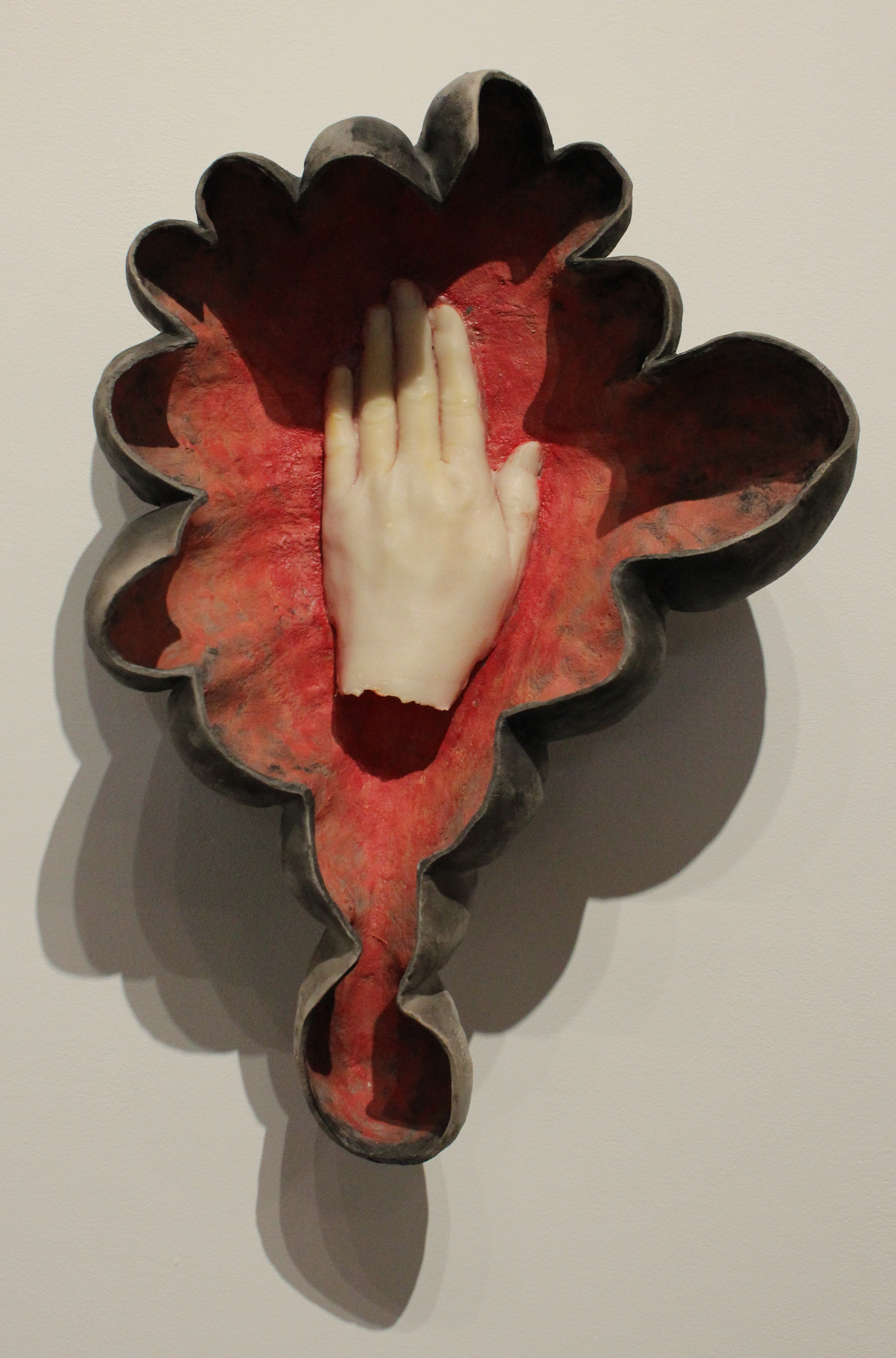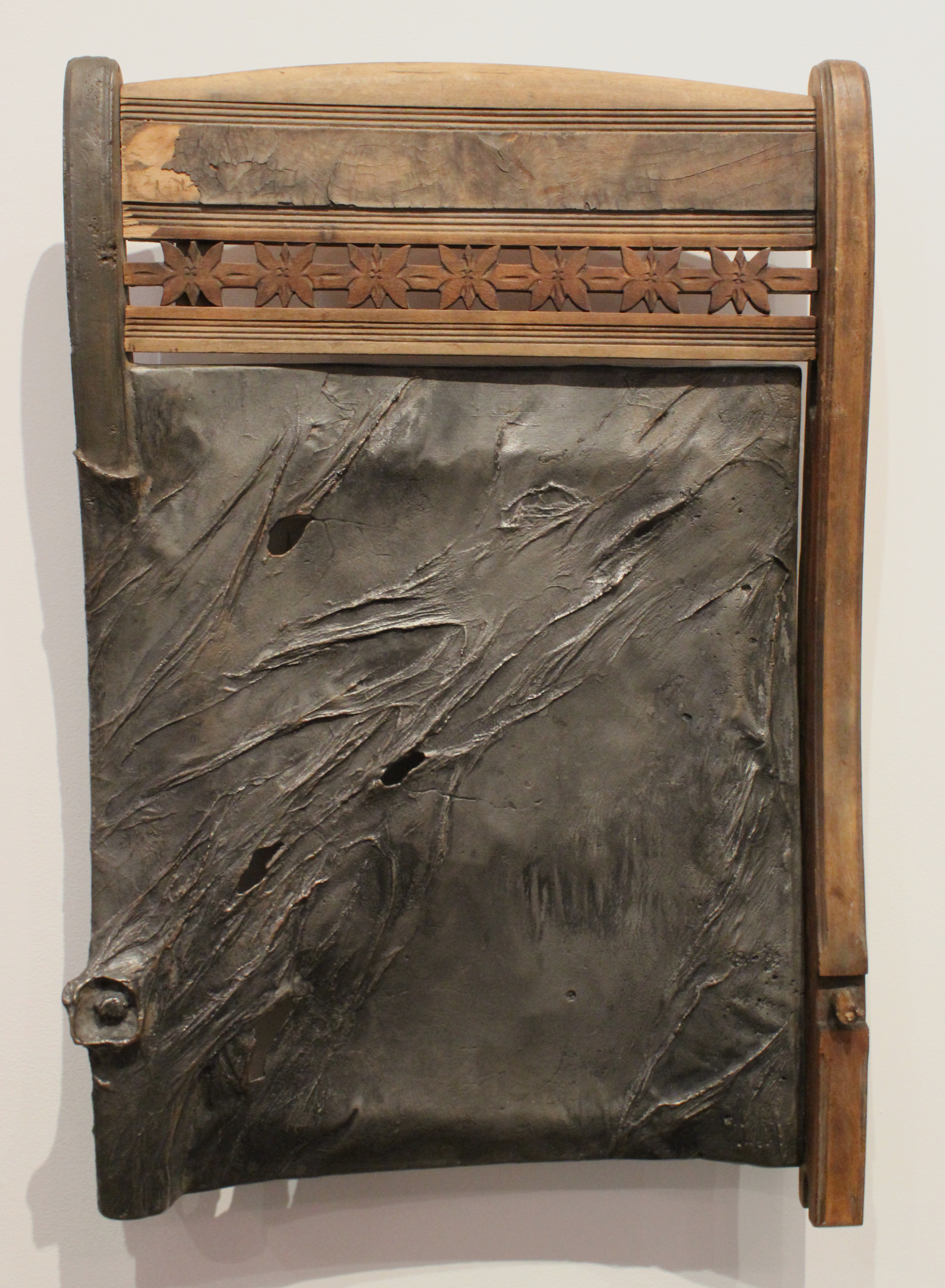
A fond farewell to the Philadelphia Sculpture Gym
Morgan Dummitt, “Wayfarers.”
As May 2016 drew to a close, the Philadelphia artistic community found itself offering a bittersweet farewell with the closing of Frankford Avenue’s inimitable Philadelphia Sculpture Gym. Started by Darla Jackson in 2012 with the help of Knight support, this destination for all things wood, welding, casting, assemblage and more offered classes, studio space, equipment and gallery exhibitions at its bustling location, which has seen an uptick in activity and construction throughout recent years. With increased development, however, inevitably came the sale of property, and Philadelphia Sculpture Gym’s giant renovated garage space found itself among the buildings changing hands. In light of Philly’s immediate loss, there is not much to be done besides continuing to create and curate, and that’s surely what Jackson, Gallery Director Abbey Gates, and the rest of the artists affiliated with this local institution intend to do.
For the final show at Philadelphia Sculpture Gym, the artistic excursion has come full sphere (circles, after all, are only two-dimensional). The inaugural show was a selection of objects made by casting, and the final exhibit revisits the fourth iteration of art made in this way.
Laura Demme’s “Icon” is as macabre as it is alluring, and the combination of the two makes it an unforgettable standout. Part religious symbol, part medical curio, the scalloped rim of the shell-like ceramic exterior surrounds a highly realistic left hand that rests in its center. This sinister form seems to press against a soft, red interior, adding to the surgical air, as well as themes of bloody martyrdom and the tradition of collecting body parts from deceased saints.

Laura Demme, “Icon.”
While Botticelli’s Venus rises from a shell in nude fullness, in Demme’s piece we find only a disembodied wax hand. This flat extremity, with all its fingers extended and pressed together, may represent a blank template for other gestures, or just the universal stop signal. Raising one hand to take an oath invokes commitment and often divinity. By viewing this hand from behind, the artist implies that the viewer is the one entering into the pact, although for what, we may never know.
In Michelle Kwiecien’s “A Back,” we encounter an object with a similarly haunting air. The backrest from an old wooden chair serves as the armature for a cast iron center that both mends and significantly alters the purpose of this chair. Although the back of the chair is now complete, it appears as if the metal has covered part of the joint that would allow the seat to be affixed to the back. Visually at odds with the carved wooden designs of the original, the metal is simultaneously harder and harsher, yet textured in such a way that it appears to be melting. From another point of view, the iron almost appears like some type of stretched skin or hide, adding a layer of bodily weight to the artwork and calling to mind the backs of those who might be resting against this surface.

Michelle Kwiecien, “A Back.”
Morgan Dummitt rounds out the body of work here with a spectacular dose of fully figurative sculpture. Although variations of bronze cast realism have certainly fallen out of favor among young artists, cities the world over are still dotted with patina-coated metallic figures. As a reincarnation of this otherwise archaic-seeming form, Dummitt dusts off whatever sentimentality might remain and flexes his emotive muscles.
The two individuals in the sculpture entitled “Wayfarers” are gaunt and look exhausted–probably physically and mentally so. Dressed in armor and cloaks that place them centuries deep in the past, the two continue their ceaseless journey, led by the taller figure who holds up a box that is chained to a long, thin pole. The rear figure stands close against his elder, clutching another small container, and he looks behind them, with a clear expression of concern etched onto his face. Whether these are censers or lanterns or something else entirely is unclear. Even though the smaller man here blatantly exhibits his fear of the unknown, it is also obvious that the older, more experienced leader is growing weary as well, but he does his best to hide his fatigue.
Like the duo in “Wayfarers,” each of us must wander–often somewhat blindly–into the future every single day. Through the daily monotony and the surprises both sublime and disheartening, as we undertake tasks both grueling and routine, we must hold up our small light to the darkness and march on. The Philadelphia Sculpture Gym may have come to an untimely end, but the artists who breathed life into it will persevere.
Recent Content
-
Artsarticle ·
-
Artsarticle ·
-
Artsarticle ·
